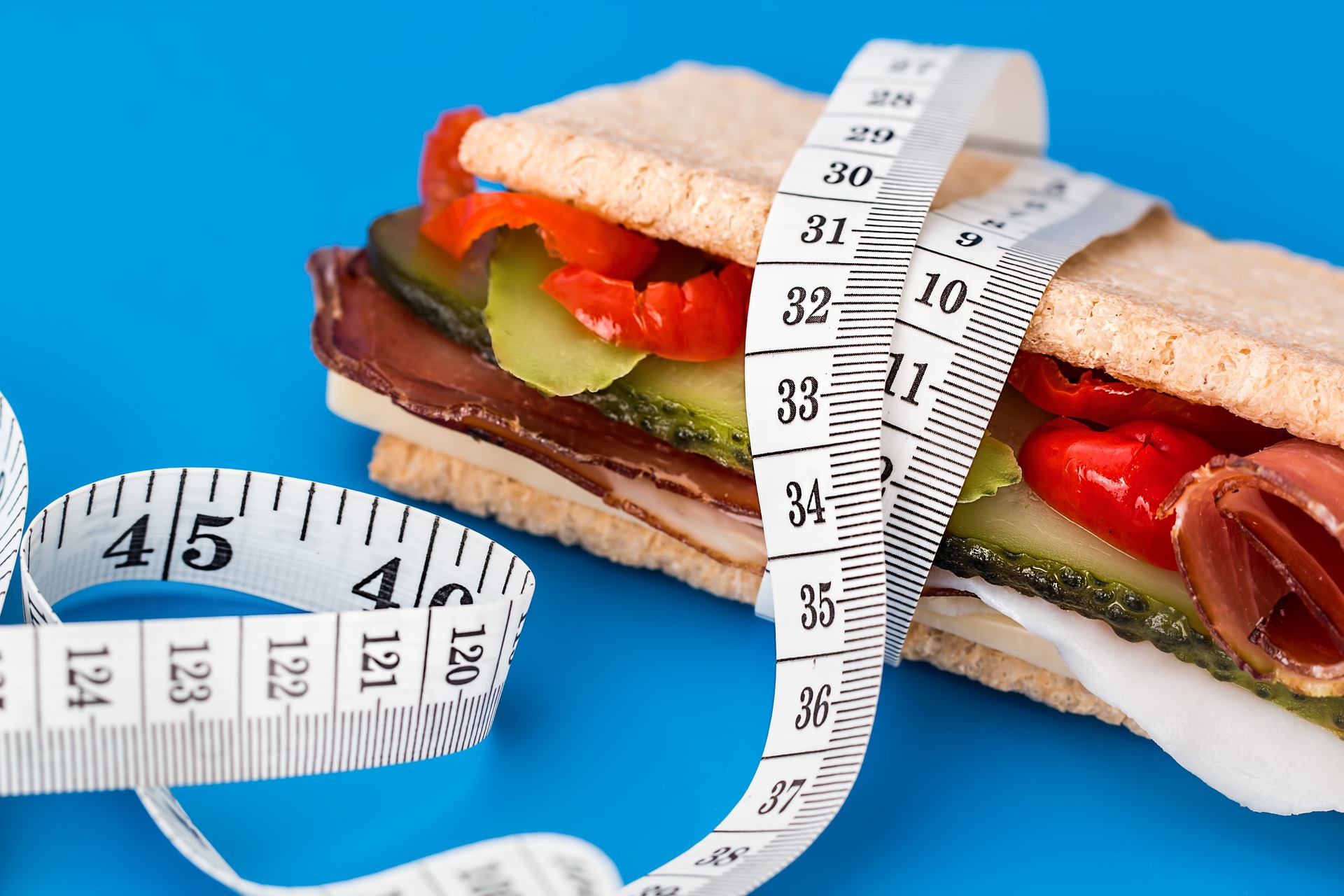MARK’S DAILY FITNESS TIPS: Transform Your Fitness Journey
Setting Realistic Fitness Goals for MARK’s Daily Fitness Tips
Mark’s Daily Fitness Tips: Setting realistic fitness goals is the foundation of a successful fitness journey. Here are some key points to consider:
The Importance of Setting Goals for MARK’S DAILY FITNESS TIPS
Setting clear and achievable goals provides direction and motivation for your fitness journey. Consider the following:
Specificity and Measurability
- Define your goals with specific parameters, such as losing a certain amount of weight or running a particular distance.
- Ensure your goals are measurable, so you can track your progress effectively.
Attainability and Relevance
- Set goals that are challenging but attainable. It’s important to push yourself without setting unrealistic expectations.
- Ensure your goals align with your overall fitness aspirations and are relevant to your lifestyle.
Time-Bound
- Assign a timeframe to your goals to create a sense of urgency and maintain focus.
- Break down long-term goals into smaller milestones for easier tracking and accomplishment.
Creating a Goal-Setting Strategy for MARK’S DAILY FITNESS TIPS
To set realistic fitness goals, consider the following steps:
Self-Assessment
- Evaluate your current fitness level, including strengths and areas for improvement.
- Identify your interests, preferences, and any limitations or health considerations.
Prioritization
- Determine what aspects of fitness are most important to you, such as weight loss, strength building, or endurance improvement.
- Prioritize goals based on their significance and relevance to your overall well-being.
SMART Goals
- Apply the SMART framework to your goals: Specific, Measurable, Attainable, Relevant, and Time-bound.
- Make sure each goal meets these criteria to enhance clarity and effectiveness.
Breaking Down Goals
- Divide long-term goals into smaller, short-term objectives that can be achieved within a few weeks or months.
- This approach allows for incremental progress and boosts motivation along the way.
Regular Evaluation and Adjustments
- Review your goals periodically to assess progress and make necessary adjustments.
- Celebrate achievements and adapt your goals as you advance in your fitness journey.
Balanced Nutrition for MARK’S DAILY FITNESS TIPS
A balanced nutrition plan is vital to support your fitness goals. Consider the following aspects:
Macronutrients
- Focus on consuming a balanced mix of macronutrients, including proteins, carbohydrates, and fats.
- Proteins support muscle growth and repair, carbohydrates provide energy, and healthy fats aid in various bodily functions.
Micronutrients
- Ensure your diet includes an array of micronutrients, such as vitamins and minerals, to support overall health and well-being.
- Consume a variety of fruits, vegetables, whole grains, lean proteins, and sources of healthy fats to obtain essential nutrients.
Caloric Intake
- Determine your daily caloric needs based on factors like age, gender, activity level, and fitness goals.
- Aim for a slight caloric deficit for weight loss or a surplus for muscle gain, while still meeting your nutritional requirements.
Meal Planning
- Plan your meals in advance to ensure a well-balanced diet and prevent impulsive food choices.
- Include a mix of lean proteins, whole grains, fruits, vegetables, and healthy fats in each meal.
Hydration
- Stay hydrated by drinking an adequate amount of water throughout the day.
- Water supports digestion, nutrient absorption, and overall bodily functions.
Cardiovascular Exercise
Cardiovascular exercise is crucial for improving your cardiovascular health and burning calories. Here’s what you need to know:
Types of Cardiovascular Exercises
- Engage in activities such as running, swimming, cycling, brisk walking, or dancing.
- Choose exercises that you enjoy and can sustain for the recommended duration.
Intensity and Duration
- Aim for at least 150 minutes of moderate-intensity aerobic exercise per week, as recommended by health guidelines.
- Alternatively, you can opt for 75 minutes of vigorous-intensity exercise for a more challenging workout.
Benefits of Cardiovascular Exercise
- Improves heart health by strengthening the cardiovascular system.
- Enhances endurance, stamina, and overall physical performance.
- Helps manage weight by burning calories and promoting fat loss.
- Boosts mood and reduces stress through the release of endorphins.
Getting Started
- Start gradually and increase the intensity and duration of your workouts over time.
- Warm up before each session and cool down afterward to prevent injuries.
Variety and Progression
- Incorporate a variety of cardiovascular exercises to avoid monotony and work different muscle groups.
- Progress by increasing the intensity, duration, or frequency of your workouts to continually challenge your body.
Strength Training
Strength training is essential for building muscle mass, increasing metabolism, and improving overall strength. Consider the following:
Types of Strength Training
- Choose from various options, including free weights, weight machines, resistance bands, or bodyweight exercises.
- Incorporate compound exercises that engage multiple muscle groups, such as squats, deadlifts, or push-ups.
Proper Form and Technique
- Learn and practice proper form to maximize the effectiveness of each exercise and prevent injuries.
- Consider working with a qualified fitness professional or trainer to ensure proper technique.
Progressive Overload
- Apply the principle of progressive overload by gradually increasing the resistance or intensity of your workouts.
- This stimulates muscle growth and strength gains over time.
Frequency and Rest Days
- Aim for two to three strength training sessions per week, allowing for adequate rest and recovery.
- Alternate muscle groups or focus on different areas of the body on different days to prevent overuse.
Full-Body vs. Split Routine
- Decide whether to follow a full-body routine or split your workouts by muscle groups.
- Both approaches have their advantages, and the choice depends on your goals and preferences.
Flexibility and Mobility
Flexibility and mobility exercises are crucial for joint health, injury prevention, and overall functional fitness. Consider the following:
Stretching Techniques
- Include dynamic stretching as part of your warm-up routine to increase blood flow and prepare your muscles.
- Perform static stretches after your workouts to improve flexibility and promote recovery.
Yoga and Pilates
- Engage in yoga or Pilates to enhance flexibility, balance, and core strength.
- These practices also provide relaxation and stress-reduction benefits.
Foam Rolling and Self-Myofascial Release
- Utilize foam rollers or other self-myofascial release tools to release muscle tension and improve mobility.
- This technique can target specific areas of tightness or discomfort.
Mobility Exercises
- Incorporate exercises that focus on joint mobility and range of motion, such as hip circles, shoulder rotations, or ankle mobility drills.
- These exercises help prevent muscle imbalances and improve overall movement patterns.
Listen to Your Body
- Pay attention to how your body feels during stretching or mobility exercises.
- Avoid pushing yourself too far and respect your limitations to prevent injuries.
Rest and Recovery
Rest and recovery are essential components of a successful fitness routine. Consider the following aspects:
Importance of Rest
- Allow your body sufficient time to recover and repair after intense workouts.
- Rest days are crucial for preventing overuse injuries and optimizing performance over time.
Quality Sleep
- Prioritize getting an adequate amount of high-quality sleep each night.
- Sleep is essential for muscle recovery, hormone regulation, and overall well-being.
Active Recovery
- Incorporate active recovery days into your routine, which may involve light exercises, stretching, or low-intensity activities.
- Active recovery promotes blood circulation, aids in muscle repair, and reduces muscle soreness.
Listen to Your Body
- Pay attention to signs of fatigue, soreness, or decreased performance.
- If you feel excessively tired or experience pain, take additional rest days or modify your workouts accordingly.
Variety in Training Intensity
- Alternate between intense workouts and lighter, less demanding sessions to prevent overtraining.
- This approach allows for adequate recovery while still maintaining consistency.
Hydration
Proper hydration is crucial for overall health and optimal physical performance. Consider the following:
Water Intake
- Drink an adequate amount of water throughout the day to stay hydrated.
- Individual hydration needs may vary based on factors such as activity level, climate, and overall health.
Pre- and Post-Workout Hydration
- Consume water before and after your workouts to maintain hydration levels.
- During intense exercise or in hot weather, consider electrolyte-rich drinks to replenish essential minerals.
Signs of Dehydration
- Be aware of common signs of dehydration, such as increased thirst, dry mouth, fatigue, or dark-colored urine.
- If you experience these symptoms, increase your water intake and seek medical attention if necessary.
Tracking Progress
Monitoring your progress helps you stay motivated and make necessary adjustments to your fitness routine. Consider the following:
Fitness Journals and Apps
- Keep a fitness journal or use dedicated apps to track your workouts, nutrition, and overall well-being.
- This data provides valuable insights into your habits, progress, and areas for improvement.
Measurements and Assessments
- Take measurements, such as body weight, body fat percentage, or waist circumference, to track changes over time.
- Regular fitness assessments, such as strength tests or cardiovascular endurance tests, can also gauge your progress.
Goal Updates
- Regularly review your goals and assess whether they need to be modified or revised.
- As you make progress, update your goals to ensure they continue to challenge and motivate you.
Accountability and Support
Having a support system or accountability partner can significantly impact your fitness journey. Consider the following:
Share Your Goals
- Communicate your fitness goals with a trusted friend, family member, or fitness community.
- Sharing your goals increases accountability and provides a support network.
Fitness Classes or Groups
- Join fitness classes or groups that align with your interests, such as group workouts, dance classes, or sports teams.
- These environments foster motivation, encouragement, and a sense of camaraderie.
Personal Trainer or Coach
- Consider working with a personal trainer or coach to receive guidance, expertise, and personalized support.
- A professional can help you stay on track, provide feedback, and optimize your workouts.
Incorporating Mindfulness
Practicing mindfulness during your workouts can enhance the mind-body connection and overall well-being. Consider the following:
Mindful Breathing
- Focus on your breath during exercise to promote relaxation and reduce stress.
- Take deep, intentional breaths, and be present in the moment.
Mindful Movement
- Pay attention to the sensations, form, and alignment of your body during each exercise.
- Engage in mindful movement to enhance body awareness and optimize your workouts.
Meditation or Yoga
- Supplement your fitness routine with meditation or yoga sessions.
- These practices promote mindfulness, stress reduction, and mental clarity.
Staying Motivated
Maintaining long-term motivation is key to achieving sustainable fitness results. Consider the following strategies:
Find Enjoyable Activities
- Engage in activities that you genuinely enjoy and look forward to.
- Whether it’s dancing, hiking, or playing a sport, find activities that make you excited to move.
Set Rewards and Milestones
- Establish rewards for yourself when you reach specific milestones.
- Celebrate your achievements and acknowledge the progress you’ve made.
Vary Your Workouts
- Avoid monotony by incorporating variety into your fitness routine.
- Try different exercises, classes, or outdoor activities to keep things interesting and engaging.
Visualize Success
- Visualize yourself achieving your fitness goals and experiencing the positive changes in your life.
- This visualization technique can help boost motivation and reinforce your commitment.
Overcoming Plateaus
Plateaus are common in fitness journeys, but they can be overcome. Consider the following:
Evaluate Your Routine
- Assess your current workout routine, nutrition plan, and lifestyle factors that may contribute to a plateau.
- Look for areas where you can make adjustments or try new approaches.
Try New Exercises or Techniques
- Incorporate new exercises or training techniques to challenge your body in different ways.
- Experiment with different workout formats, intensity levels, or training modalities.
Seek Professional Guidance
- Consult with a fitness professional, trainer, or nutritionist for personalized advice and guidance.
- They can provide fresh perspectives, help you break through plateaus, and offer tailored solutions.
Common Fitness Myths
Dispelling common fitness myths can prevent misinformation and help you make informed decisions. Consider the following:
Myth 1: Spot Reduction for Fat Loss is Possible
- Targeted fat loss in specific areas of the body is not possible through exercise alone.
- Fat loss occurs systematically and is influenced by overall calorie deficit and body composition.
Myth 2: Women Who Lift Weights Will Become Bulky
- Strength training for women promotes lean muscle development and improves overall body composition.
- Achieving a bulky appearance typically requires specific training, nutrition, and genetic factors.
Myth 3: Cardio is the Only Way to Lose Weight
- While cardiovascular exercise can contribute to weight loss, a combination of cardio and strength training yields optimal results.
- Strength training helps preserve muscle mass and boosts metabolism.
Myth 4: You Need Supplements for Results
- Supplements are not essential for achieving fitness goals.
- Focus on a well-rounded diet and proper nutrition to meet your needs. Supplements should complement, not replace, a balanced diet.
Myth 5: Sweat Equals Fat Loss
- Sweating is not directly correlated with fat loss.
- Sweating is the body’s way of regulating temperature and cooling down, not an indicator of calories burned or fat loss.
Conclusion
Embarking on a fitness journey requires dedication, commitment, and a holistic approach. By incorporating Mark’s Daily Fitness Tips into your routine, you have access to valuable guidance on setting realistic goals, maintaining balanced nutrition, engaging in cardiovascular exercise, strength training, promoting flexibility and mobility, prioritizing rest and recovery, staying hydrated, tracking progress, seeking accountability and support, practicing mindfulness, staying motivated, overcoming plateaus, and dispelling common fitness myths. Remember, fitness is a lifelong journey, and it’s important to listen to your body, make adjustments as needed, and celebrate every milestone along the way. Stay committed, stay motivated, and enjoy the positive changes that a healthy lifestyle brings.
FAQs on MARK’S DAILY FITNESS TIPS
- Q: How long should I exercise each day?
- A: It is recommended to engage in at least 30 minutes of moderate-intensity exercise most days of the week.
- Q: Can I lose weight without dieting?
- A: While exercise plays a crucial role in weight loss, a balanced diet is essential for achieving sustainable results.
- Q: Is it necessary to lift heavy weights to build muscle?
- A: No, you can build muscle using a combination of resistance training, bodyweight exercises, and lighter weights.
- Q: What are the benefits of stretching?
- A: Stretching improves flexibility, enhances joint range of motion, and reduces the risk of injuries.
- Q: How can I stay motivated on my fitness journey?
- A: Find activities you enjoy, set realistic goals, track your progress, and surround yourself with a supportive community.
Remember, Mark’s Daily Fitness Tips provide valuable insights and guidance, but it’s essential to listen to your body, consult with healthcare professionals if needed, and make decisions that align with your unique circumstances and goals. Enjoy your fitness journey, stay committed, and embrace the positive changes that come with a healthier, fitter lifestyle.
HORMONAL HEALTH AND WELLNESS: ACHIEVING BALANCE FOR OPTIMAL WELLBEING


